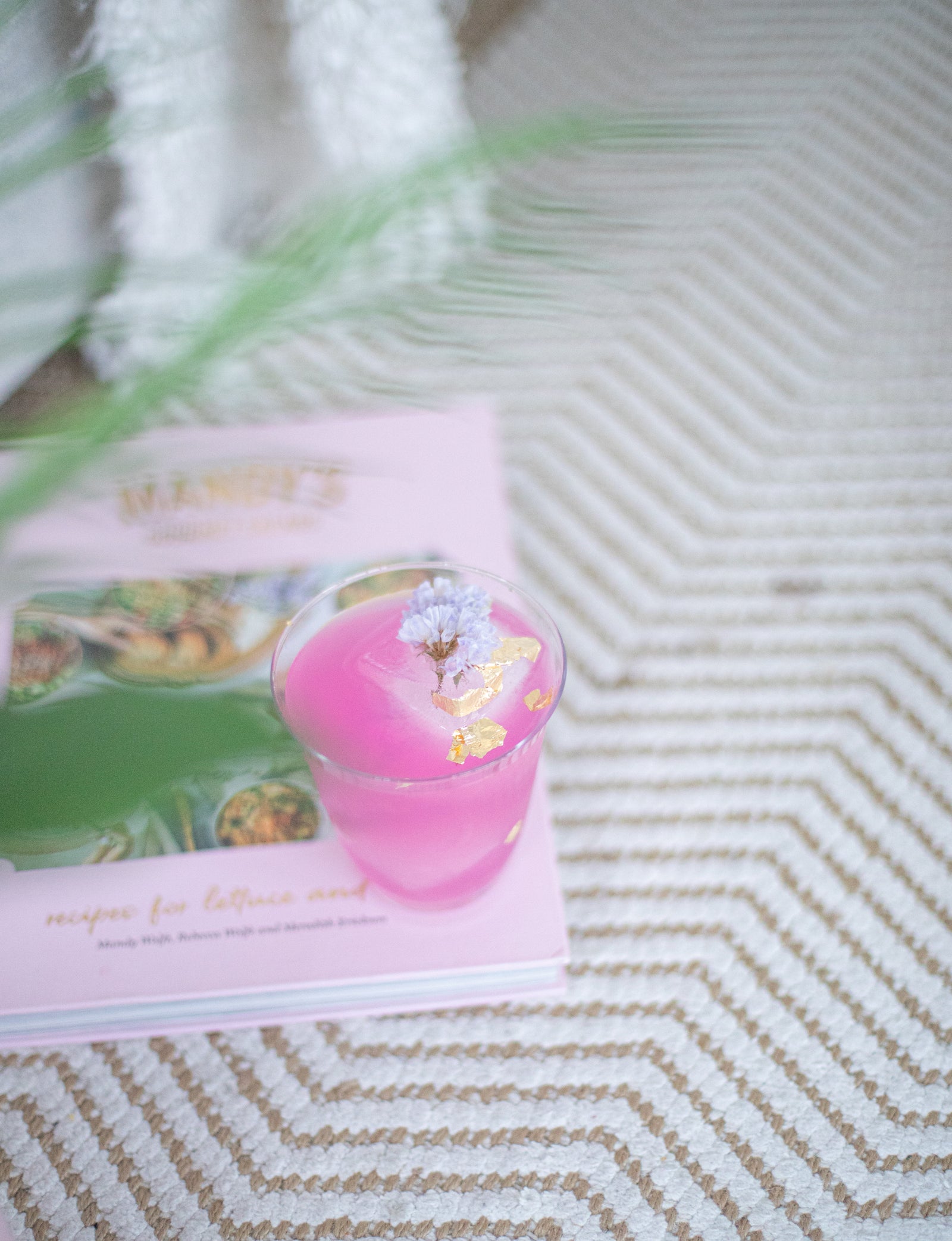Carpet 101

Making the right decision can be challenging. Interpreting your lifestyle and how you live in your home are key to making the perfect choice for your flooring. Your floors get a lot of wear and tear from pets, guests and family of all ages – your carpet literally gets walked over every day. Choosing a carpet that can wear well and maintain its beauty for years to come is something to always take into consideration. Stanton provides you with luxury solutions to meet and exceed your expectations across a variety of different constructions and qualities.
Below is an explanation of the various fiber choices and construction types that are available through Stanton and its family of Brands:
Fiber Types

Wool (wool has been the standard in floor covering for centuries)
- Naturally resilient helping to resist crushing and matting
- Great for family spaces, bedrooms, stairs, and other high-traffic areas
- Inherently stain resistant making topical stain protection unnecessary
- It is hypo-allergenic
- Naturally flame retardant
- Acts as a natural humidifier and can hold 30% of its weight in moisture
- Biodegradable and renewable

Nylon (Family-friendly use anywhere fiber)
- Has superb resiliency
- Most durable of all synthetic fibers
- Inherent anti-microbial properties
- Resistant to moisture
- Good cleanability
- Good texture retention

Polysilk (Polyester)
- Lustrous appearance
- Great silk alternative
- High level of stain resistance
- “Closed-cell” fiber with no dye sites for stains to adhere
- Eco-Friendly – Often manufactured from PET (plastic water bottles)
- Enhanced fiber content has improved durability nearly rivaling nylon
- ”Family-friendly” fiber
- Only the densest constructions for stair application

Polypropylene (Royaltron)
- Hydrophobic fiber – does not absorb moisture
- Long-lasting and durable fiber
- Anti-microbial
- Anti-static
- Solution Dyed for exceptional color retention and cleanability

Viscose (Decorative fiber low traffic, limited use)
- Developed in the early/mid 19th century to offer an affordable alternative to silk and emulate its characteristics (Rayon)
- Cellulose-based fiber
- Usually from bamboo or cotton
- Lustrous, soft, and luxurious finish
- Hollow-core fiber
- Does not react well with liquid spills
- Changes the character of the yarn and can’t recover
- Dry-clean only

Tencel (Decorative “Adult” fiber)
- Enhanced fiber more durable than viscose
- Soft and luxurious finish
- Manufactured from eucalyptus
- Closed-loop production / Eco-friendly
- Water management properties
- Will not change the character of the yarn if it gets wet
- Solid core fiber
- Dry-clean only

Blended Fibers (Wool / Viscose, Wool / Tencel, Wool / Nylon, Wool / Polysilk, Nylon / Tencel “Tenlon”)
- Used to enhance delicate fiber performance, especially when blended with wool.
- Can improve wear and cleanability
- Wool/Viscose, Wool/Tencel – The wool benefits from the sheen and softness
- characteristics while the viscose and Tencel benefit from the strength and performance characteristics of the wool
- Wool/Nylon – the nylon enhances the strength of the wool
- “Intimate Blends” – The fiber types are first tumbled together, spun into yarn, and then woven into carpet

